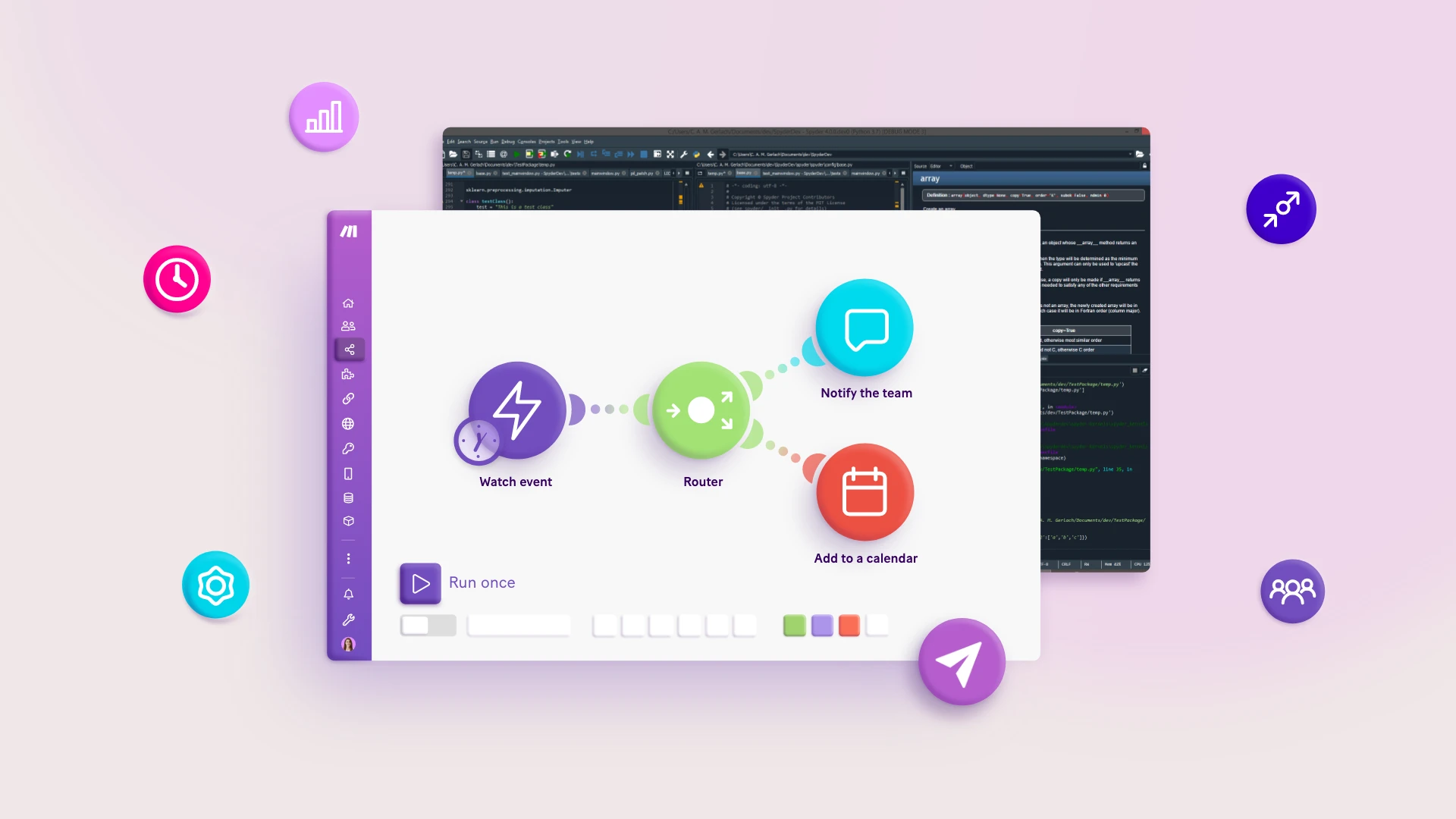In today’s fast-paced business world, automation is no longer a luxury but a necessity. With the rise of low-code and no-code automation tools, businesses of all sizes can streamline their operations, reduce manual errors, and increase productivity without the need for extensive coding knowledge. This post will explore the benefits of automation, the differences between low-code and no-code tools, and how to choose the best automation solution for your business.
What is Automation?
Automation refers to the use of technology to perform tasks without human intervention. This can include anything from simple repetitive tasks to complex processes involving multiple systems. The main goal of automation is to improve efficiency, reduce errors, and save time.

Low-Code vs. No-Code Automation Tools

- Low-Code Automation Tools:
- Definition: Low-code automation tools require minimal coding. They are designed for users who have some basic coding knowledge.
- Benefits: They offer more flexibility and customization compared to no-code tools. Users can tailor the automation processes to fit specific business needs.
- Use Cases: Ideal for businesses that have in-house developers or those willing to invest in basic coding training for their staff.
- No-Code Automation Tools:
- Definition: No-code automation tools are designed for users with no coding experience. They use visual interfaces and drag-and-drop features.
- Benefits: These tools are user-friendly and quick to implement. They allow non-technical users to create and manage automation workflows.
- Use Cases: Perfect for small businesses, startups, and teams without technical expertise.
Benefits of Low-Code and No-Code Automation Tools

- Increased Efficiency:
- Automation tools can handle repetitive tasks quickly and accurately, freeing up employees to focus on more strategic work.
- Cost Savings:
- By reducing the need for manual labor and minimizing errors, businesses can save significant amounts of money.
- Scalability:
- Automation tools can easily scale with your business. As your operations grow, you can automate more processes without needing to hire additional staff.
- Improved Accuracy:
- Automation eliminates the risk of human error, ensuring that tasks are completed correctly every time.
Choosing the Right Automation Tool for Your Business
- Identify Your Needs:
- Assess which tasks and processes can be automated. Consider the complexity of these tasks and whether they require any customization.
- Evaluate Your Team’s Skills:
- Determine whether your team has the coding skills required for low-code tools or if a no-code solution would be more suitable.
- Consider Integration:
- Ensure that the automation tool you choose can integrate with your existing systems and software.
- Test and Iterate:
- Start with a pilot project to test the tool’s effectiveness. Gather feedback from users and make necessary adjustments.
Conclusion
Low-code and no-code automation tools are transforming the way businesses operate. By choosing the right tool and effectively implementing automation, you can boost efficiency, reduce costs, and scale your operations seamlessly. Whether you are a small business owner or a part of a large enterprise, there is an automation solution out there to meet your needs. Start exploring the possibilities today and take your business to the next level with automation.







